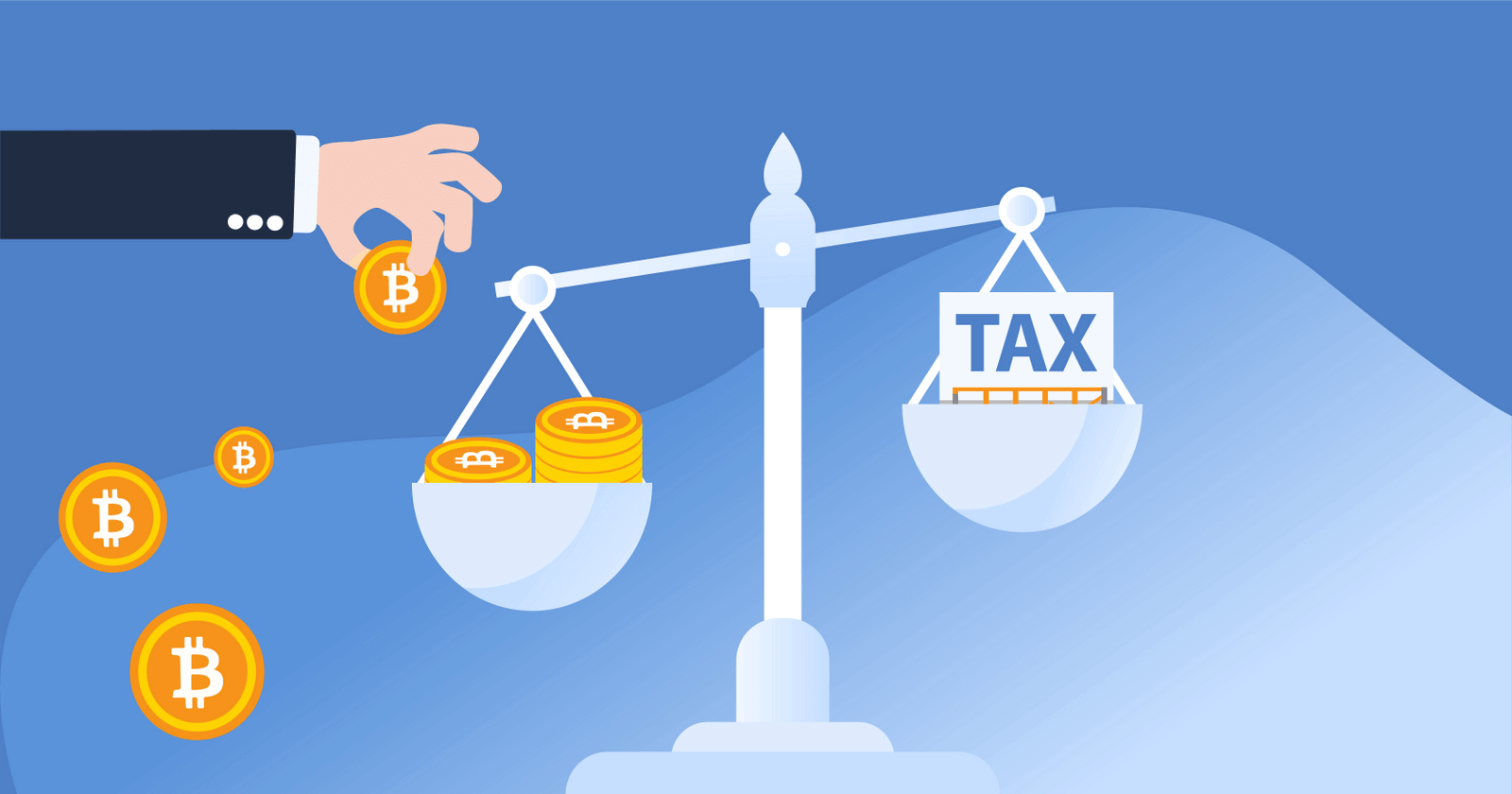

Key Takeaways:
- Solana uses a Proof of Stake (PoS) consensus mechanism — meaning that SOL cannot be mined!
- Solana allows users to earn rewards through staking. Historically, SOL has offered staking rewards between 3-10%!
Why can’t Solana be mined?
Solana does not use mining to verify transactions. Instead, Solana uses staking to make sure that the network is secure.
What’s the difference between Proof of Work and Proof of Stake?

Proof of Work (PoW): PoW networks rely on miners to solve complex computational puzzles to validate transactions and secure the network. Examples of Proof of Work networks include Bitcoin and Ethereum (prior to the Ethereum Merge).
Proof of Stake (PoS): PoS networks do not require energy-intensive hardware and are considered more environmentally-friendly. Instead of using computational power, validators are selected to verify transactions based on how much cryptocurrency they decide to ‘stake’.
In exchange for helping to verify transactions, miners in a PoW system and stakers in a PoS system earn cryptocurrency rewards.
Solana relies on a modified Proof of Stake system known as Proof of History — which orders transactions based on the time that has passed between each block. This unique consensus mechanism leads to fast transaction speeds and high energy efficiency.
How does Solana staking work?

Staking SOL is easy and low-effort. Just pick a staking provider, select a validator, and lock up your tokens. You’ll start earning rewards instantly!
When you stake your SOL, your tokens are delegated to a validator, who helps secure the network and process transactions. In return, you’ll earn a portion of Solana’s transaction fees and new block rewards.
In addition, you’ll be contributing to the overall health of the Solana network.
Step-by-step guide to staking Solana
There are many platforms that support Solana staking — including Phantom, Solflare, and Ledger.
In this guide, we’ll walk through how you can get started staking on Phantom.
Step 1: Deposit SOL
Transfer SOL tokens into your Phantom wallet (or whichever platform you choose for staking).
Step 2: Click the ‘Stake’ button
View your SOL balance on Phantom. You should see an option to ‘Stake’ your cryptocurrency.

Step 3: Pick a validator
Now, you’ll be asked to pick a validator.
While the Phantom Validator is a reliable choice, some other validators offer higher rewards.
Sites like Solana Compass can help you find the best validator for you.

Step 4: Stake and start earning rewards
Once you’ve chosen your validator, enter the amount of SOL you wish to stake. You can click ‘Stake’ and get started earning staking rewards.

Is staking Solana right for you?
What are the benefits of crypto staking?
Low effort: Unlike mining Bitcoin or Litecoin, staking Solana is low effort. All you need is some SOL tokens and a staking platform to get started.
Energy Efficiency: Staking Solana is far more eco-friendly than mining, which has been criticized for its energy usage.
Potential Returns: Staking Solana offers steady, predictable rewards based on the amount of SOL staked. Mining, on the other hand, comes with higher costs. Cryptocurrency’s volatility means that mining operations aren’t always profitable.
What are the risks associated with staking SOL?
Slashing: PoS networks use slashing to punish bad actors. This means that validators can lose a portion of their stake due to malicious activity. To reduce the risk of slashing, choose a validator with a good reputation.
Lock-up period: Staking SOL means that your cryptocurrency may be locked up for a set period of time. Because of the cryptocurrency market’s volatility, it’s possible that your SOL may lose value while it’s staked.
Smart contract vulnerabilities: Remember, staking involves interacting with a smart contract. There’s always a risk that a smart contract may not have been coded properly and can be hacked.
Best practices for Solana staking
Let your rewards compound
Staking offers compound interest — which means you’ll earn rewards on both your initial stake of SOL and the accumulated interest. That means that the best way to maximize your passive income is to keep your SOL staked, without withdrawing your staking rewards!
Select a reputable validator
Be sure to do research on your validator. You should choose a validator with a good reputation, low commissions, and high reward rates.
Consider liquid staking
Some platforms offer liquid staking — which offers more flexibility than traditional staking. For example, Cogent Crypto gives stakers access to cgntSOL, which can be used for transactions while your SOL remains staked. Liquid staking coins are linked to the value of SOL and can be traded for staked SOL at any time.
Alternatives to Solana Staking
Looking for an alternative to staking SOL? Let’s walk through some other ways to earn crypto passive income.
Solana staking alternatives
While Solana is one of the most well-known Proof of Stake (PoS) blockchains, there are several other PoS networks that offer staking opportunities. Let’s walk through them.
Ethereum
Ethereum is the world’s second-most valuable cryptocurrency. Ethereum can be easily staked on decentralized wallets like MetaMask and centralized platforms like Coinbase.
Cardano (ADA)
Cardano is a PoS blockchain focused on scalability and sustainability. Staking ADA is easy — the blockchain allows you to withdraw your staked tokens at any time, without any lock-up period.
Polkadot (DOT)
Polkadot is another PoS blockchain. While Polkadot requires a minimum stake of 250 DOT and has a 28 day unstaking period, it offers other benefits. Polkadot allows stakers to back multiple validators — a system which offers a higher return!
Solana mining alternatives
For investors who still prefer mining, there are several Proof of Work (PoW) cryptocurrencies that offer mining opportunities.
Bitcoin (BTC)
As the first and largest cryptocurrency, Bitcoin remains a popular option for miners. It’s important to note that Bitcoin mining requires specialized hardware known as ASICs (Application-Specific Integrated Circuits) and access to cheap electricity. As a result, it’s difficult for most at-home miners to mine BTC profitably.
Litecoin (LTC)
Litecoin is a long-standing cryptocurrency that can be mined with relatively inexpensive hardware. Litecoin uses a different PoW algorithm called Scrypt, making it more accessible for beginner miners.
Ethereum Classic (ETC)
While Ethereum can no longer be mined, Ethereum Classic is a fork of the blockchain before the Merge when the network still relied on PoW. While ETC is significantly less popular and valuable than ETH, it’s a great option for at-home miners.
Conclusion
Staking SOL is an attractive option for both beginners and experienced crypto investors. Because staking offers lower costs and better energy efficiency than mining, it’s a great way to earn crypto rewards.
Frequently asked questions
How we reviewed this article
All CoinLedger articles go through a rigorous review process before publication. Learn more about the CoinLedger Editorial Process.

CoinLedger has strict sourcing guidelines for our content. Our content is based on direct interviews with tax experts, guidance from tax agencies, and articles from reputable news outlets.






























%20(1).png)





.png)
















